Open Campus: Could the pandemic usher in a new era of town-gown relations?
Sweden’s “Socialism,” the Loneliness “Epidemic,” Degrowth and other Myths

Why are there at least 10 publicly funded radio stations receivable in a 75 mile radius (back and forth, up and down) the I-94/I-75 corridor of Michigan — all of them domiciled in public universities? These stations also receive revenue from other non-profit organizations, unending funding drives and private advertising from multinational financing organizations such as Schwab, Fidelity and other for-profit corporations. Most of them purchase their “content” from the same source; reflecting the same large government bias seen across the entire nation; concentrated in college towns with spotty intellectual history.
Within an approximate 50 mile radius of the University of Michigan, five national public radio stations are receivable:
WUOM University of Michigan Ann Arbor
WEMU Eastern Michigan University
WDET Wayne State University
WKAR Michigan State University
WGTE University of Toledo
Move 25 miles to the northwest and two more are receivable:
WLNZ Landing Community College
Move 25 miles northeast and three more are receivable
WFUM University of Michigan Flint
WMUK Western Michigan University
WAUS Andrews University
FCC ONLINE TABLE OF FREQUENCY ALLOCATIONS: 47 C.F.R. § 2.106
(Revised July 1, 2022)
Standards for radio broadcast coverage can vary depending on factors like location, broadcasting technology, and regulatory requirements. Here’s a general list covering various aspects:
These standards are often enforced by governmental regulatory agencies, industry organizations, and professional associations to ensure the quality, integrity, and safety of radio broadcast coverage.
— NPR (@NPR) April 12, 2023
This content is accessible to paid subscribers. To view it please enter your password below or send mike@standardsmichigan.com a request for subscription details.
“…O chestnut tree;, great rooted blossomer,
Are you the leaf, the blossom or the bold?
O body swayed to music, O brightening glance,
How can we know the dancer from the dance?”
— Among Schoolchildren, 1933 William Butler Yeats
United States Patent and Trademark Office: News and Updates
American National Standards Institute: Standards Action
International Electrotechnical Commission
International Organization for Standardization
International Telecommunication Union
2026 National Electrical Code Workspace
2028 National Electrical Safety Code Workspace
We sweep through the world’s three major time zones; updating our understanding of the literature at the technical foundation of education community safety and sustainability in those time zones 24 times per day. We generally eschew “over-coding” web pages to sustain speed, revision cadence and richness of content as peak priority. We do not provide a search facility because of copyrights of publishers and time sensitivity of almost everything we do.
Cognitive Science: An Introduction to the Study of Mind
Our daily colloquia are typically doing sessions; with non-USA titles receiving priority until 16:00 UTC and all other titles thereafter. We assume policy objectives are established (Safer-Simpler-Lower-Cost, Longer-Lasting). Because we necessarily get into the weeds, and because much of the content is time-sensitive and copyright protected, we usually schedule a separate time slot to hammer on technical specifics so that our response to consultations are meaningful and contribute to the goals of the standards developing organization and to the goals of stewards of education community real assets.
Really fun seeing our teachers modifying core curriculum to meet our students needs. Instead of thinking that they can’t, I love how we think of how we can!!! #dg58pride pic.twitter.com/xTGjkjd7DS
— Dr. Jackelyn (@DrCadard) January 24, 2024
![]()
1. Leviathan. We track noteworthy legislative proposals in the United States 118th Congress. Not many deal specifically with education community real assets since the relevant legislation is already under administrative control of various Executive Branch Departments such as the Department of Education.
We do not advocate in legislative activity at any level. We respond to public consultations but there it ends.
We track federal legislative action because it provides a stroboscopic view of the moment — the “national conversation”– in communities that are simultaneously a business and a culture. Even though more than 90 percent of such proposals are at the mercy of the party leadership the process does enlighten the strengths and weakness of a governance system run entirely through the counties on the periphery of Washington D.C. It is impossible to solve technical problems in facilities without sensitivity to the zietgeist that has accelerated in education communities everywhere.
We typically post one federal and one state level consultation or action every day for at least one of the 50-states — in the lower right corner of our home page when most education communities in the United States have begun a new work day. Examples, irregularly linked:
2. National Institute of Standards and Technology (NIST)
Post-Quantum Cryptography Practice Guide (June 8)
Public Consultation on Semiconductor Manufacturing (November 28)
NIST Awards Funding to 5 Universities to Advance Standards Education
NIST Center for Neutron Research: 2022 Outstanding Student Poster Presentation
NIST Report Outlines Strategic Opportunities for U.S. Semiconductor Manufacturing
3. ANSI ISO Business (Many of these projects are normally covered during our Hello World! colloquia
ANSI April 2023 Public Policy Update
ANSI January Report 2023 on ISO, IEC & ITU Work Items
ISO Standardization Foresight Framework | Trend Report 2022
New ISO Subcommittee ISO/TC 197/SC 1 – Hydrogen at Scale and Horizontal Energy Systems
New ISO Subcommittee ISO/TC 67/SC 10 – Enhanced oil recovery
Update: Certification+Degree (C+D) pathways in information technology (IT) and health sciences.
Standards Coordination Office | USA WTO TBT Enquiry Point
Consultations (Some posted with IEEE Education & Healthcare Facilities Committee) | Direct access to primary workspace
4. Fast Forward
5. Rewind
6. Corrigenda
International Standardization Organization Week Date
Readings
This content is accessible to paid subscribers. To view it please enter your password below or send mike@standardsmichigan.com a request for subscription details.
| Sie strahlt vor Freude über ihre Auszeichnung – TH-Alumna Melanie Klaus. Für ihre Bachelorarbeit im Bereich Erneuerbare Energien wurde sie vom Solarenergieförderverein Bayern geehrt. In ihrer Bachelorarbeit im Studiengang Elektro- und Informationstechnik untersuchte sie das Zusammenspiel von Wind- und Solarenergie und den Nutzen, der sich hieraus für die regenerative Energieerzeugung erzielen lässt. Untersucht wurde also die Nutzung der natürlichen Kombination von Wind und Sonne für die Energieerzeugung. Um die Rentabilität dieser Einspeisekombination zu ermitteln, hat Melanie Klaus ein Software-Tool entwickelt, welches zur Planung und Simulation abgestimmter Photovoltaik-Wind-Kombinationen dient und bereits für die Errichtung einer Photovoltaik-Anlage zu einem Windpark eingesetzt wird. |
Starting 2023 we break away the topic of solar energy standards from our standing Electrical and Energy colloquia. We start with the following titles
IEC TC 82 Solar photovoltaic energy systems
Underwriters Laboratories 1703 PV Module Certification
ASTM E772 Standard Terminology of Solar Energy Conversion
IEEE 1562 Guide for Array and Battery Sizing in Stand-Alone Photovoltaic Systems
NEMA Solar Photovoltaic Council
NECA 412 Standard for Installing and Maintaining Photovoltaic Power Systems
NFPA 70 Articles 690-691
NFPA 70 Articles 705 & 855
International Code Council Section 1607 Photovoltaic panels or modules
ASHRAE International: 90.1 Building Energy Code & 189.1 Green Energy Code
Time permitting: Example design specification and construction contract.
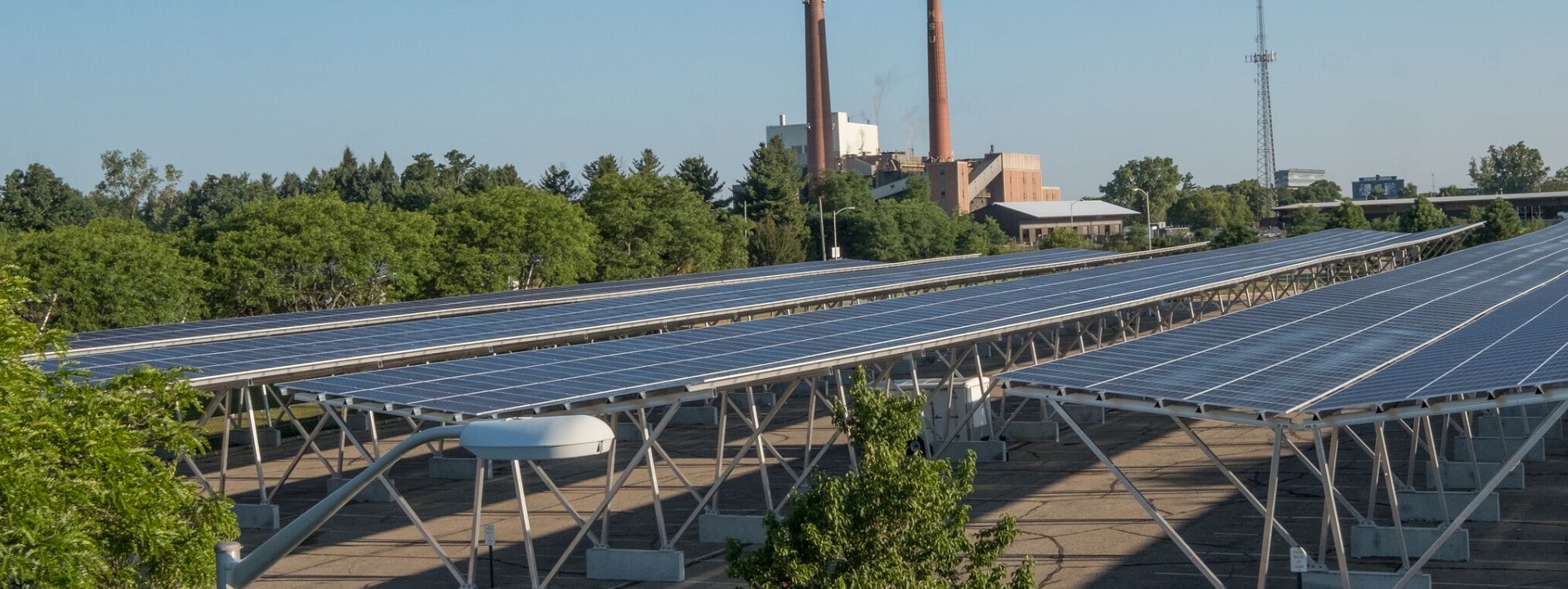
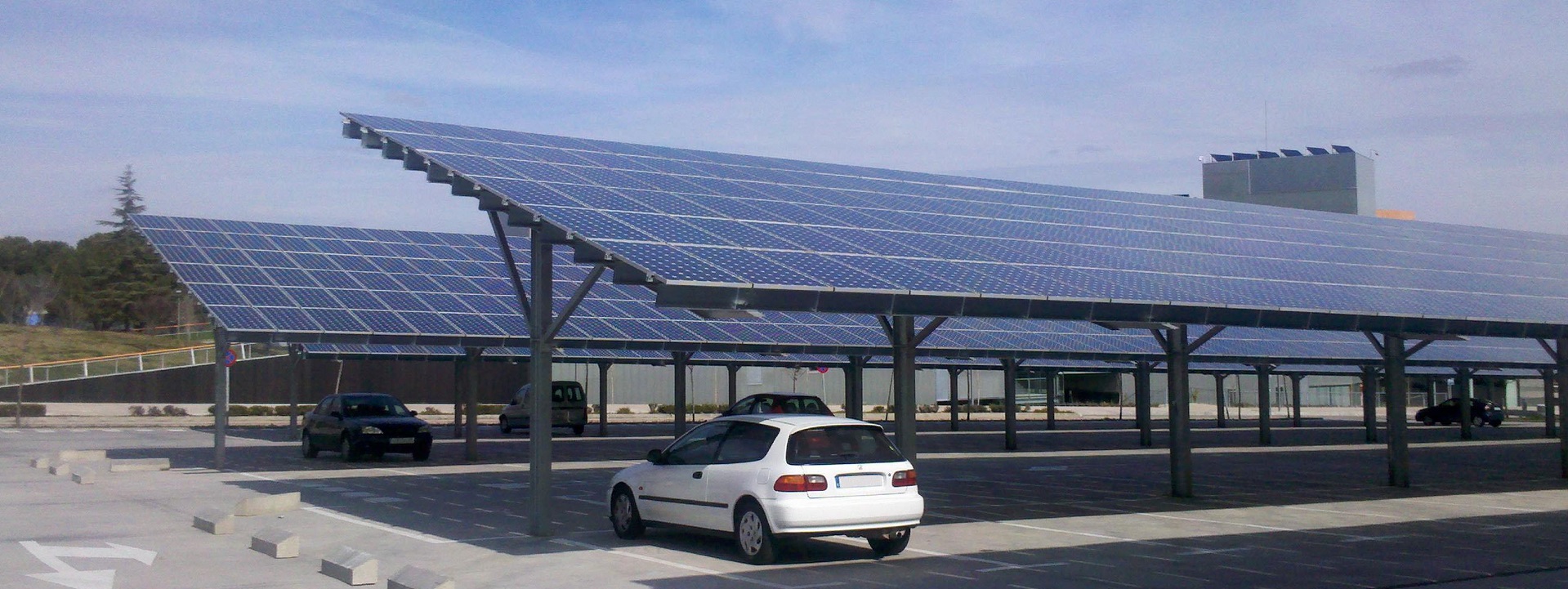
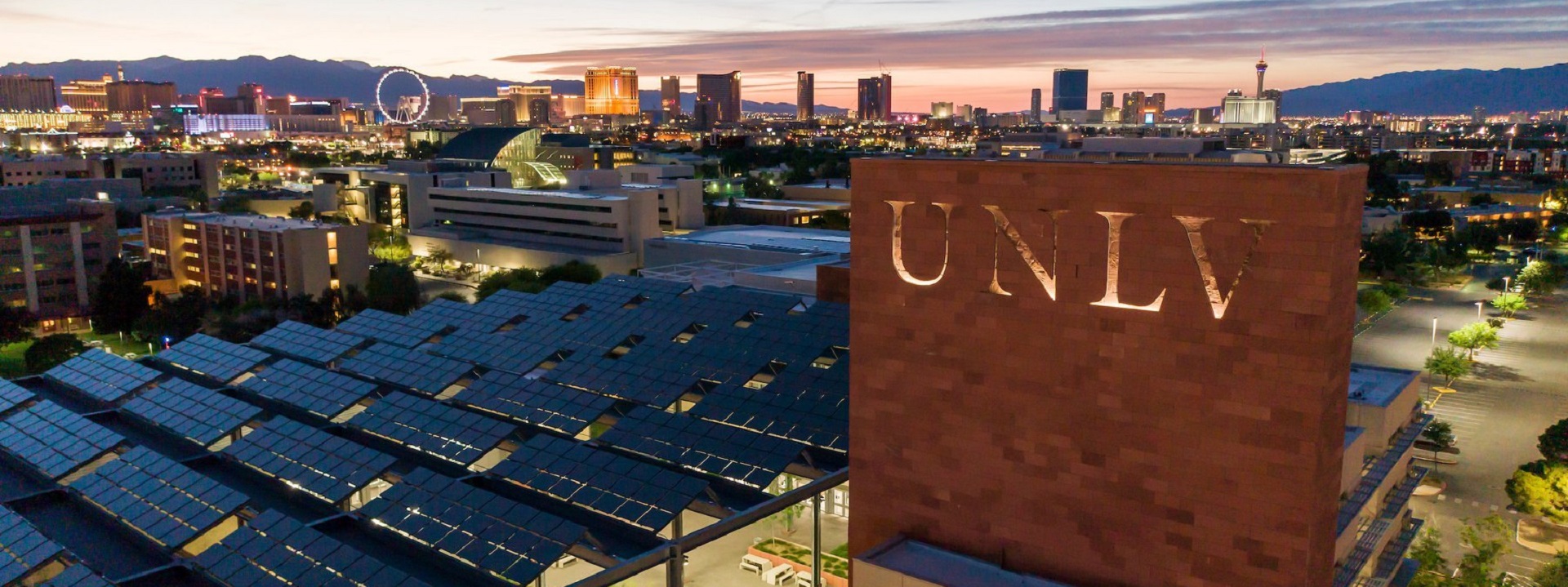
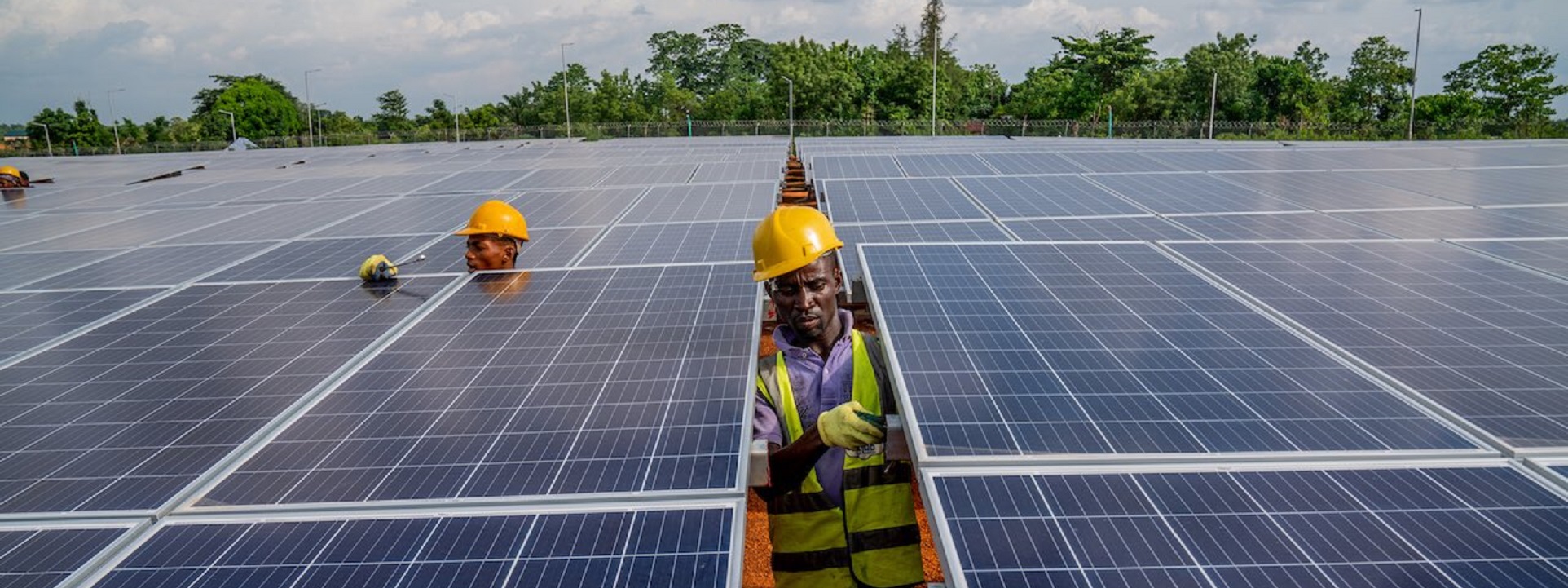
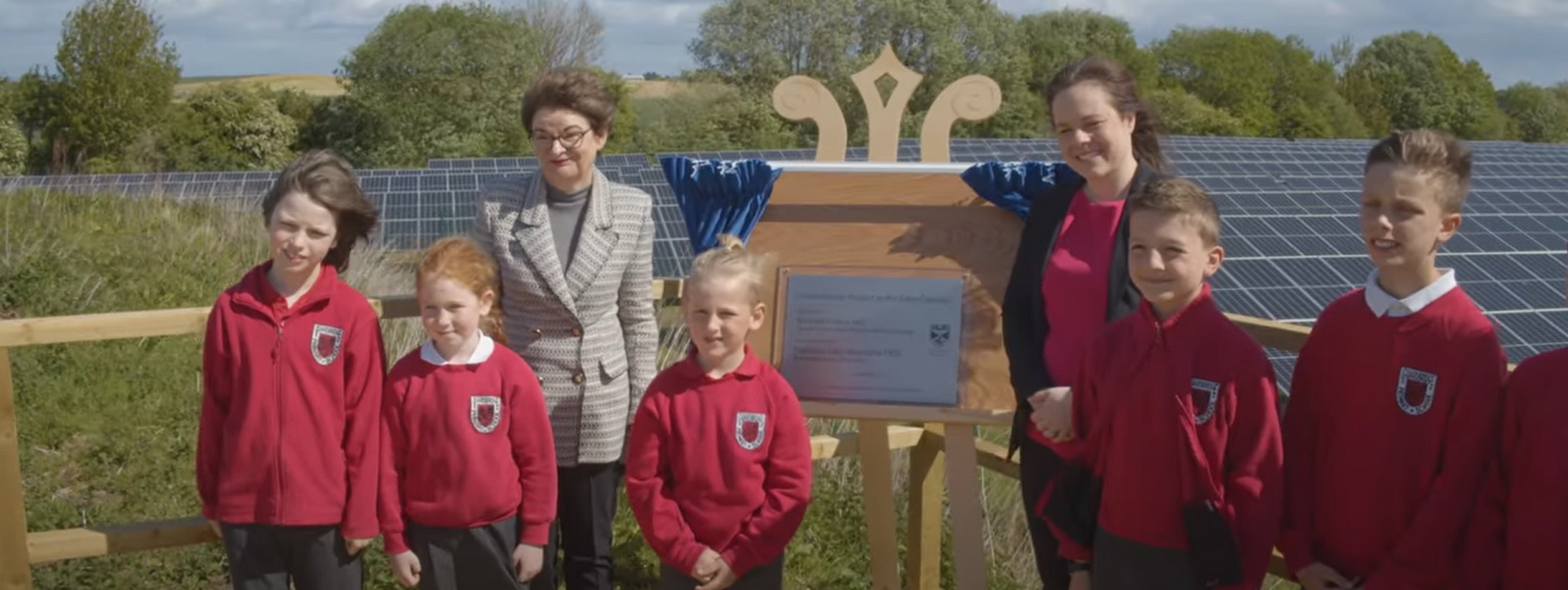
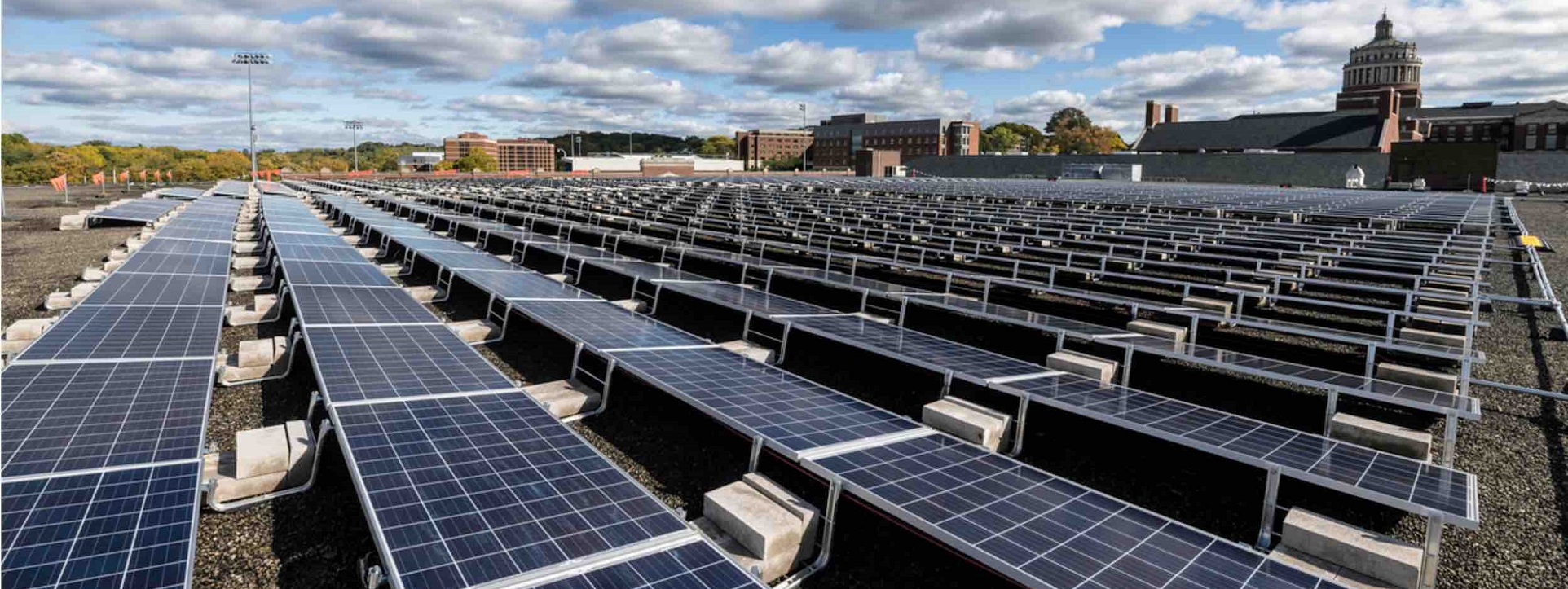

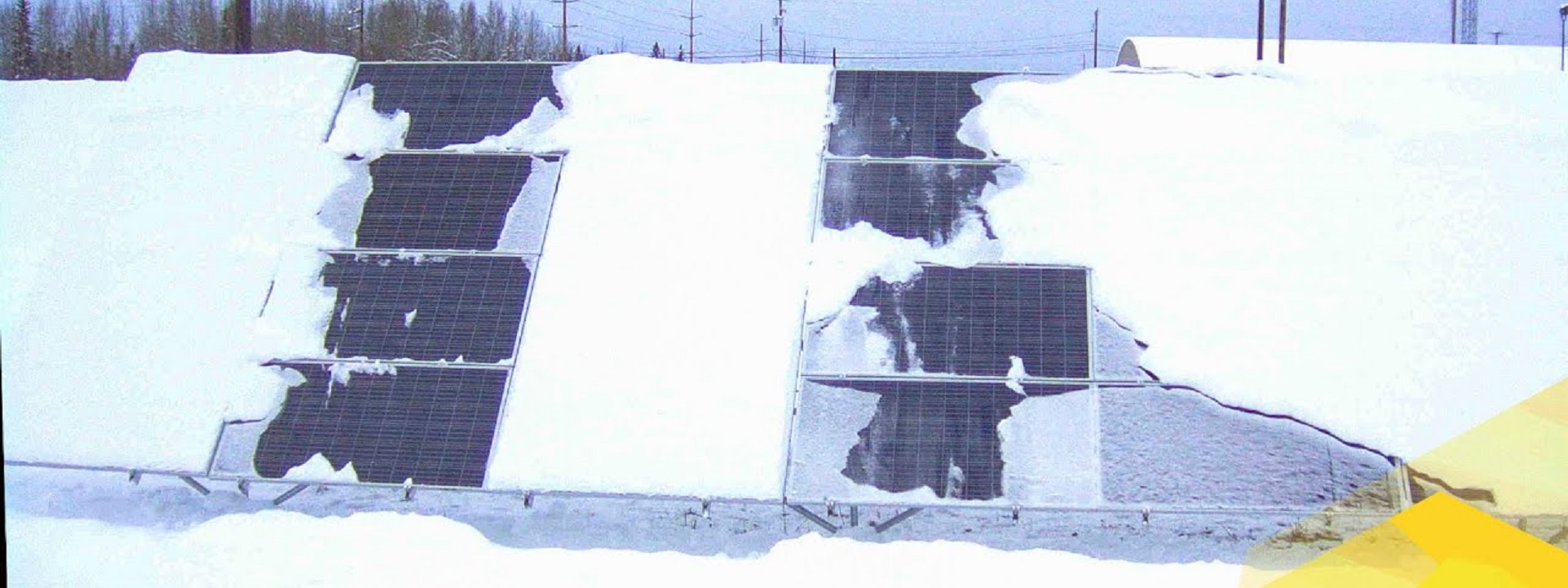
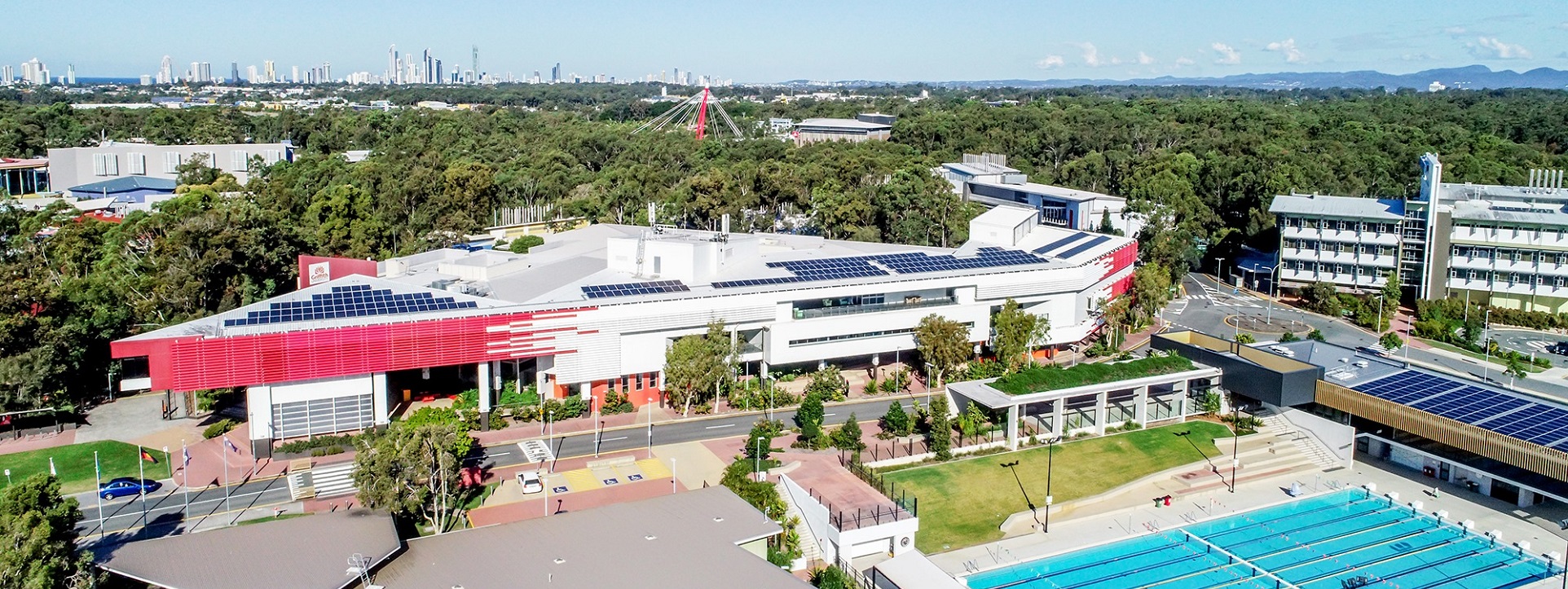
Other standards developers and publishers are also present in this domain but this list is where we will start given that we only have an hour. Join us today at 16:00 with the login credentials at the upper right of our home page.
Readings:
What are the hidden costs of solar panels?
Do We Have Enough Silver, Copper, And Other Materials To Keep Up With The Growth Of Solar?
Mining Raw Materials for Solar Panels: Problems and Solutions
New update alert! The 2022 update to the Trademark Assignment Dataset is now available online. Find 1.29 million trademark assignments, involving 2.28 million unique trademark properties issued by the USPTO between March 1952 and January 2023: https://t.co/njrDAbSpwB pic.twitter.com/GkAXrHoQ9T
— USPTO (@uspto) July 13, 2023
Standards Michigan Group, LLC
2723 South State Street | Suite 150
Ann Arbor, MI 48104 USA
888-746-3670
